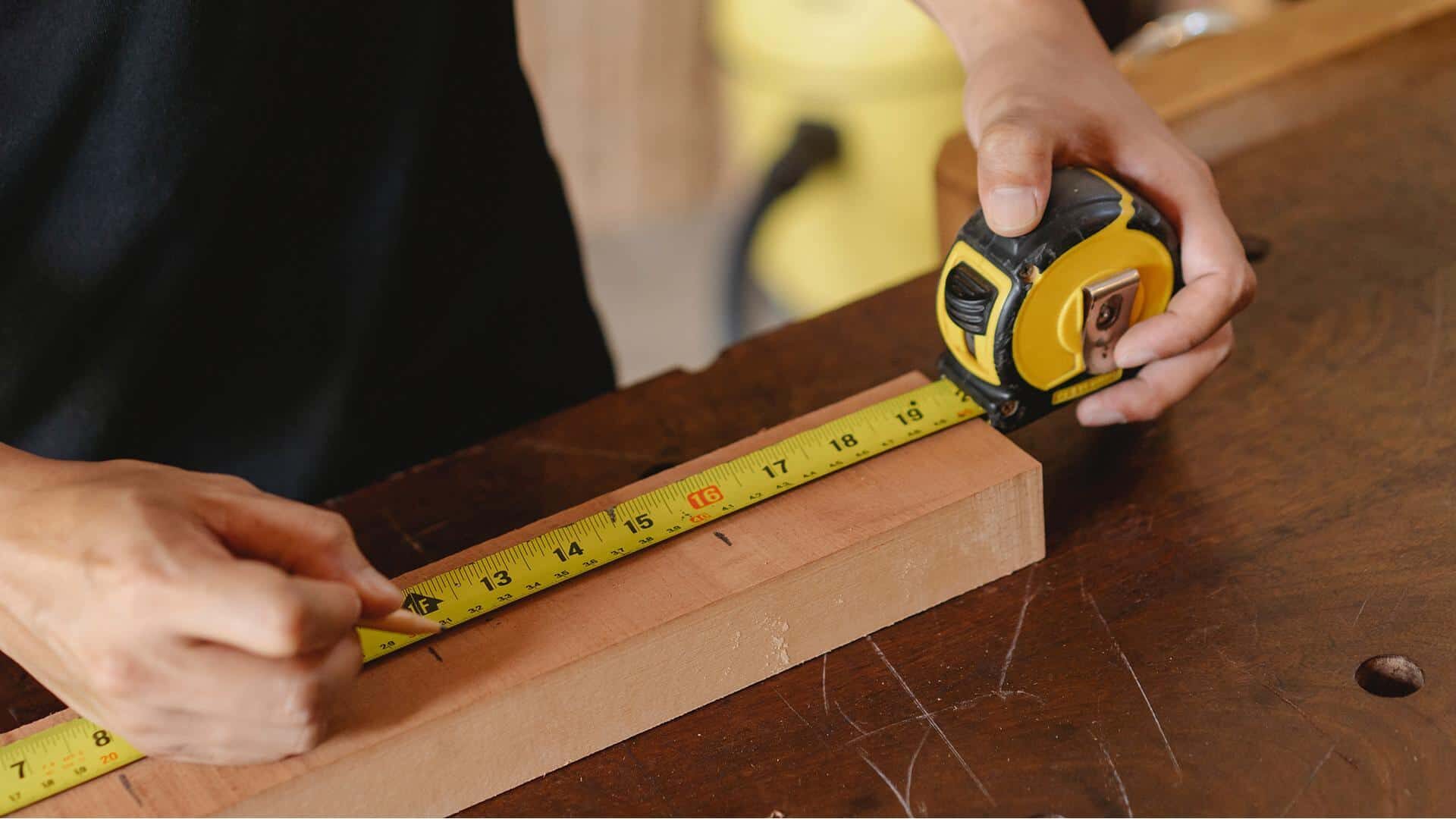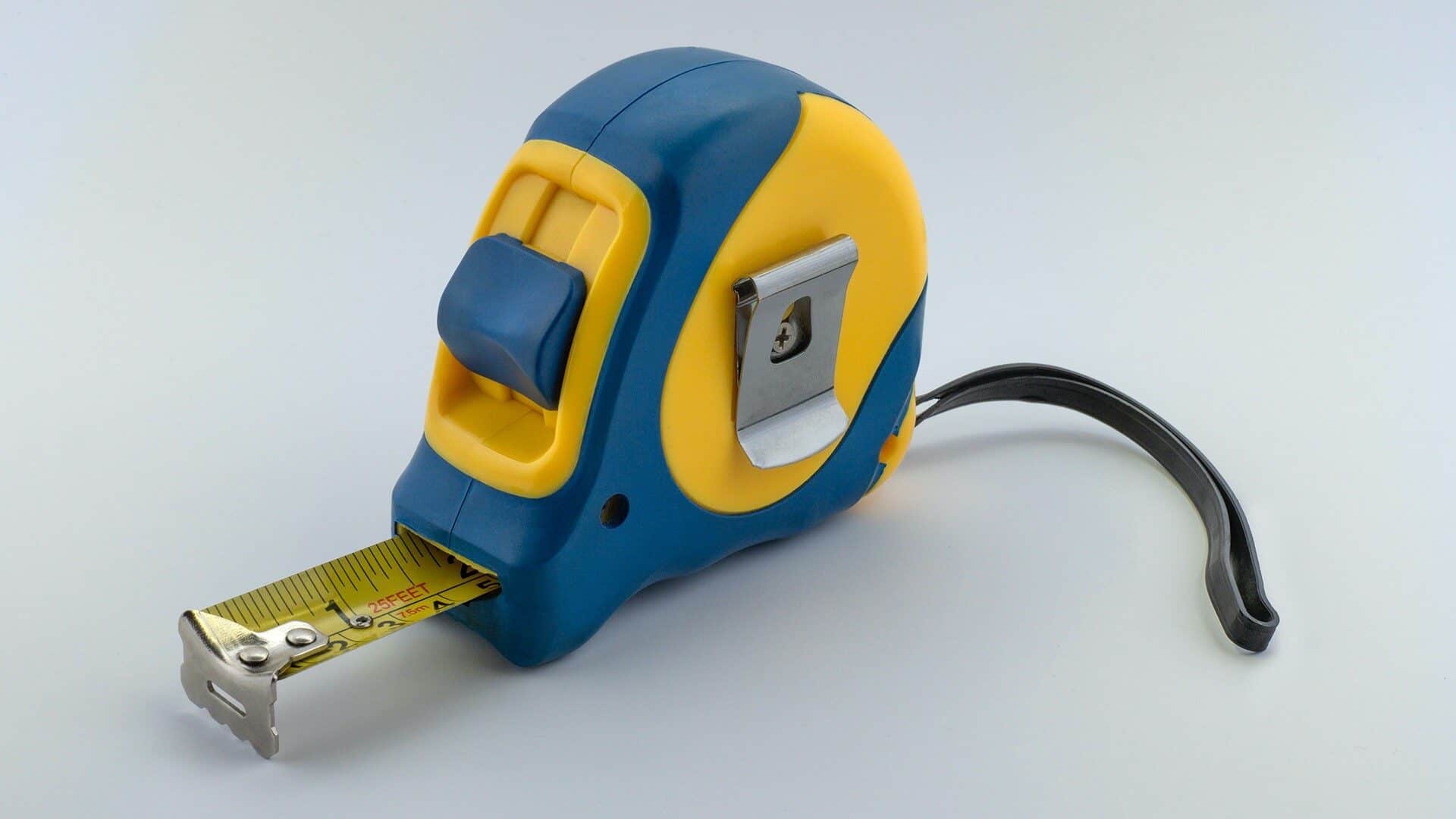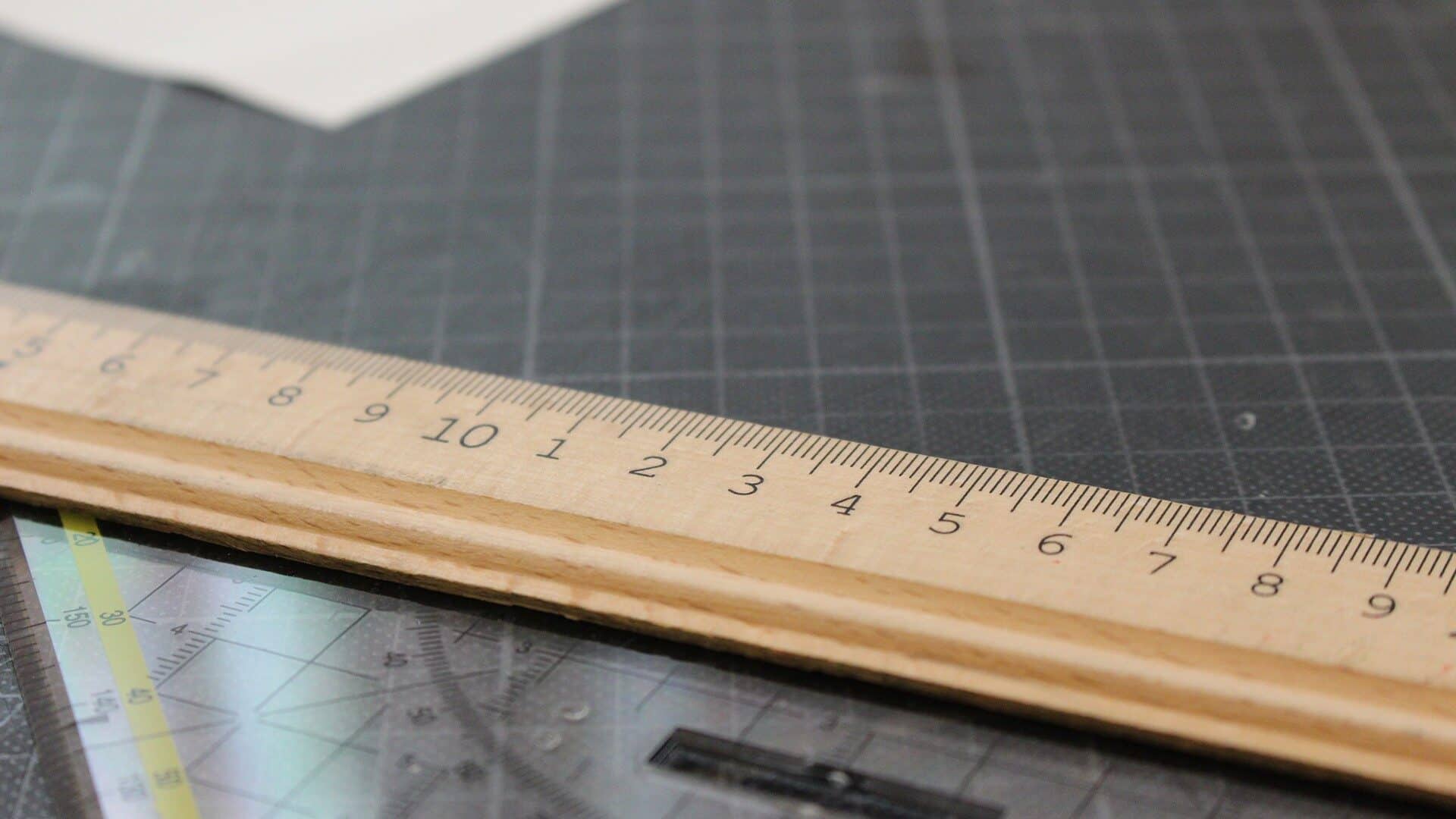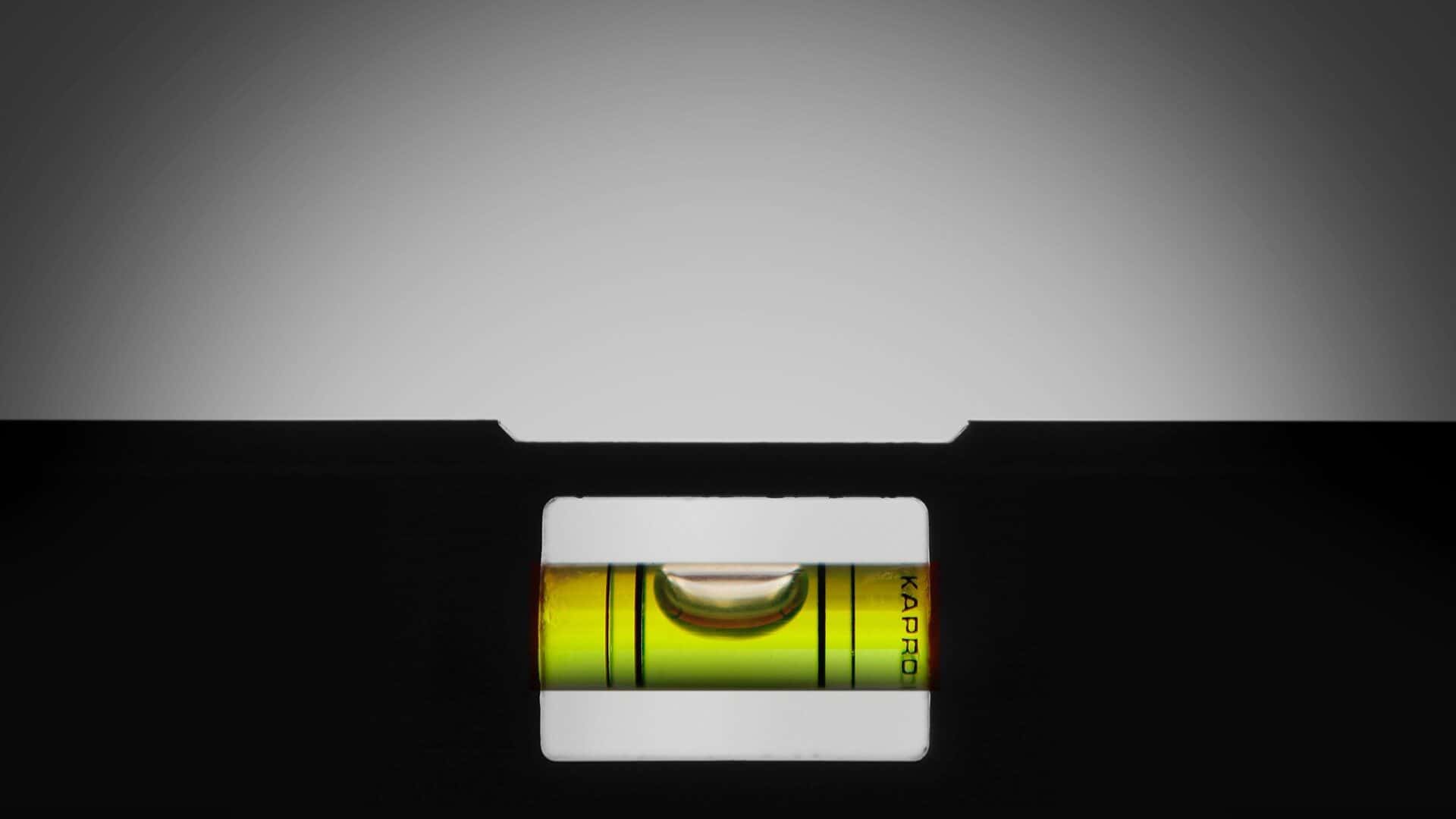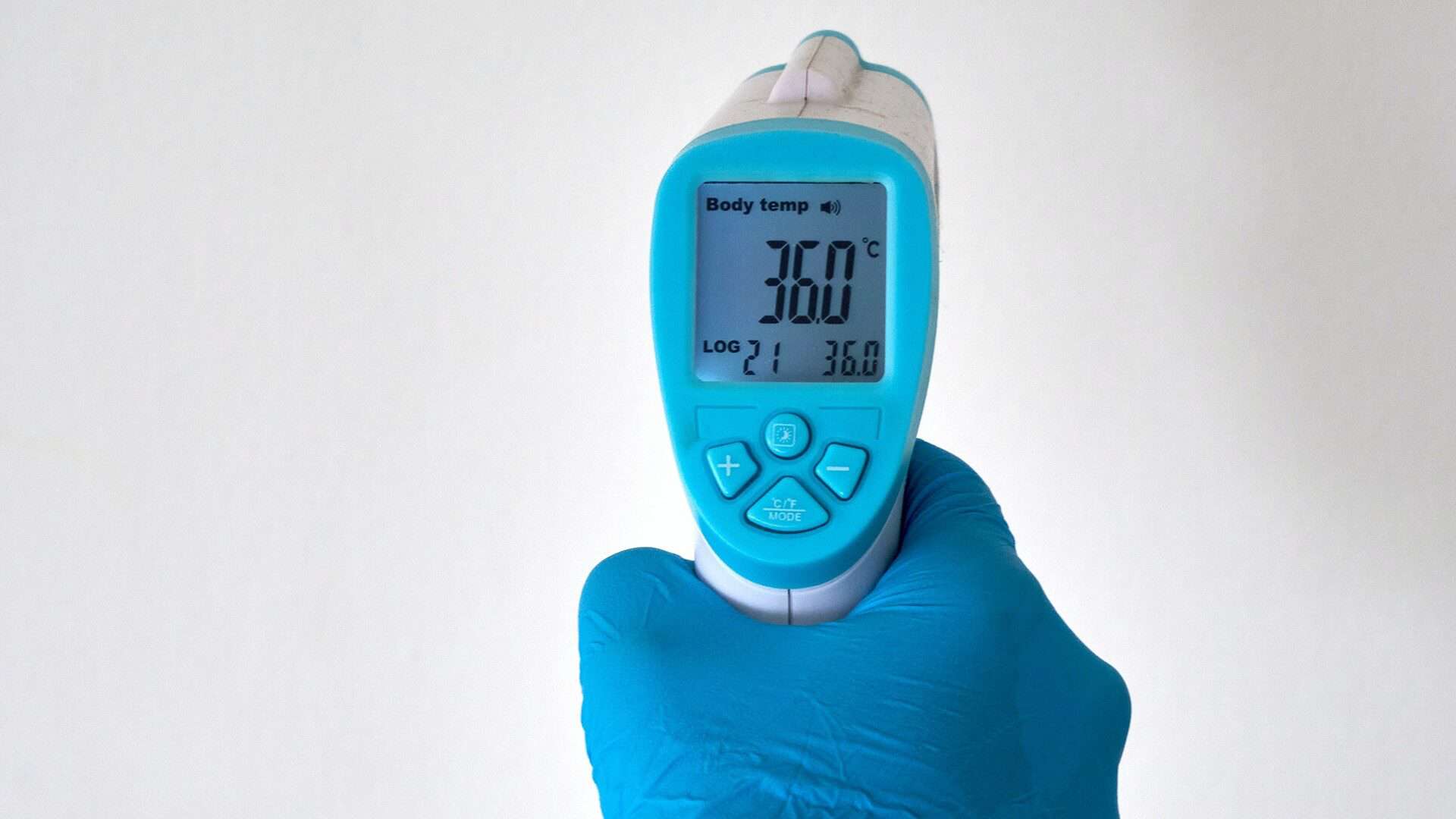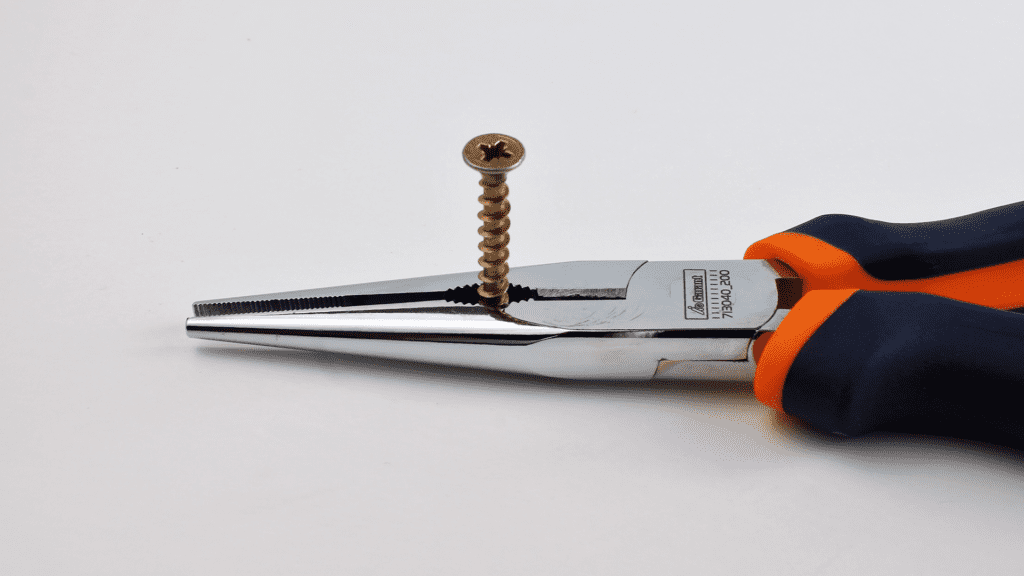When it comes to home improvement, making sure you have the right tools is essential. The same goes for measuring! There are a variety of different tools used to measure, and each one has its own unique benefits and drawbacks. In this article, we will describe the different types of measurement tools and how to use them. We will also provide some tips on which tool is best for a particular job. Let’s get started!
Table of Contents
Analog vs. Digital
The first thing to know about measurement tools is that they can be classified as either analog or digital. Analog tools are the older type of measuring device and use a needle or pointer to indicate the measurement. Digital tools, on the other hand, use a digital display to show the measurement. Both types of tools have their own advantages and disadvantages.
Analog Tools
Analog tools are typically more accurate than digital tools. This is because they do not rely on batteries, which can die or run out of power. Analog tools are also less likely to be affected by electromagnetic interference. However, analog tools can be more difficult to read and may require more experience to use correctly.
Digital Tools
Digital tools are typically easier to read than analog tools. They can also be more precise, as they often have a higher resolution than analog tools. However, digital tools require batteries to operate and can be affected by electromagnetic interference.
Tips Before Using these Tools
Now that you know the difference between analog and digital tools, let’s talk about how to use them. First, it’s important to make sure that your tool is properly calibrated. This will ensure that your measurements are as accurate as possible. Second, when taking measurements, be sure to take multiple readings and average them out. This will help to eliminate any errors that may occur. Finally, when using digital tools, be sure to keep an eye on the battery level. If the battery runs out of power, the tool will no longer be able to take accurate measurements.
The Different Measurement Tools
Now that we’ve covered the basics of analog and digital tools, let’s take a look at some of the different measuring devices available.
Analog Measurement Tools
1. Tape Measure
A tape measure is a long, flexible measuring device that can be used to measure both short and long distances. Tape measures typically have a retractable blade that can be extended to the desired length. To use, simply extend the blade to the desired distance and read the measurement at the end of the blade.
2. Ruler
Rulers are a straight and narrow measuring device that is used to measure short distances. Most rulers are made of wood or plastic and have markings for inches and centimeters. To use a ruler, align the object you are measuring with the appropriate markings on the ruler.
3. Measuring Squares
A measuring square is an L-shaped tool that is used to measure right angles. Measuring squares are typically made of metal or plastic and have markings for inches and centimeters. To use a measuring square, align the long leg of the tool with one side of the object you are measuring. Then, use the short leg of the tool to measure the other side of the object. The measurement will be at the intersection of the two legs.
4. Non-electronic Calipers
Non-electronic calipers are used to measure the thickness of an object. Calipers are typically made of metal or plastic and have markings for inches and centimeters. To use calipers, align the jaws of the tool with the sides of the object you are measuring. Then, use the screw at the top of the tool to adjust the jaws until they are snug against the object. The measurement will be at the point where the jaws meet.
5. Protractor
A protractor is a tool used to measure angles. Protractors are typically made of clear plastic and have markings for degrees. To use a protractor, align one side of the object you are measuring with the zero-degree line on the protractor. Then, use the other side of the object to find the appropriate degree measurement. The measurement will be at the point where the two sides meet.
6. Pressure Gauge
A pressure gauge is a tool used to measure the amount of force exerted on an object. Pressure gauges are typically made of metal or plastic and have markings for pounds per square inch (psi). To use a pressure gauge, align the tip of the tool with the object you are measuring. Then, use the handle to apply pressure to the object. The measurement will be at the point where the handle meets the body of the tool.
7. Level
A level is a measurement tool used to determine whether an object is horizontal or vertical. Levels are typically made of metal or plastic and have markings for inches and centimeters. To use a level, align the body of the tool with the object you are measuring. Then, use the bubble inside the tool to determine if the object is level. The measurement will be at the point where the bubble meets the edge of the tool.
Digital Measurement Tools
1. Electronic Calipers
Electronic Calipers are a type of digital measuring tool that is used to measure the distance between two points. Calipers typically have two arms that can be adjusted to fit around the object being measured. To use calipers, adjust the arms to fit around the object and read the measurement on the digital display.
2. Micrometers
Micrometers are a type of digital measuring tool that is used to measure the thickness of an item. Micrometers have a tiny, cylindrical body and a rotating knob for adjusting the reading. To use a micrometer, place the object being measured between the two jaws and read the measurement on the digital display.
3. Angle Gauge
An angle gauge is a digital measuring tool that is used to measure the angle of an object. Angle gauges typically have two arms that can be adjusted to fit around the object being measured. To use an angle gauge, adjust the arms to fit around the object and read the measurement on the digital display.
4. Thermometer
A thermometer is a digital measuring tool that is used to measure the temperature of an object. Thermometers typically have a metal probe that can be inserted into the object being measured. To use a thermometer, insert the probe into the object and read the measurement on the digital display.
5. Laser Level
A laser level is a digital measuring instrument that is used to determine the level of an object. A miniature hand-held device typically projects a laser beam onto the object being measured with the laser. To use a laser level, turn on the device and aim the beam at the object. The digital display will show the level of the object.
Summary
There are many different types of measurement tools available, both analog and digital. Each type of tool has its own advantages and disadvantages. When choosing a measuring tool, it is important to consider the task at hand and choose the best tool for the job. Analog tools are typically more accurate than digital tools, but they can be more difficult to use. Digital tools are typically easier to use than analog tools, but they can be less accurate. No matter which type of measuring tool you choose, it is important to learn how to use it properly. Improper use of a measuring tool can lead to inaccurate measurements and even injury. When using any type of measuring tool, always take care to read the instructions carefully and follow all safety guidelines.

